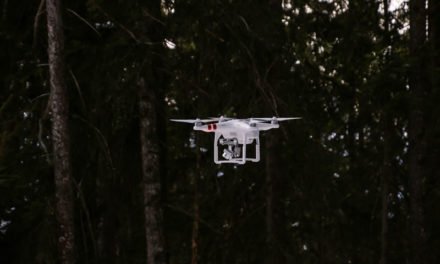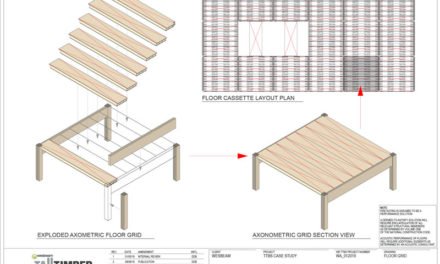Australian research is at the forefront of 3D printing using timber products.
FWPA’s latest WoodChat features Associate Professor Sandra Löschke, director of the Architecture Design Research Group at the University of Sydney. In the free 24-minute podcast, she talks with the FWPA team about her research using a timber-based product to produce building elements using 3D printing.
While the technique is currently experimental, it shows promise as a way of quickly and cheaply manufacturing decorative elements, and may one day allow for swift panelised construction that overcomes difficult sites.
Löschke’s method takes recycled wood waste products such as sawdust and lignin and combines them with recycled ABS plastic pellets and a small amount of binder to create a filament (currently 40% wood, but that will increase) that can be extruded through the nozzle of a 3D printer and used to build up timber-based architectural elements.
As Löschke says in the podcast, “I have a really longstanding interest in materials, but I also have a longstanding interest in advanced technologies. So, the interest in this project was really coming from 3D printing and the larger question of what 3D printing would allow us to do that conventional technologies don’t let us do.”
Already the technology is able to create tough decorative elements that are able to be designed extremely accurately and so varied effectively to fit across a curving or irregular roof, for example.
Löschke has grander plans, saying that she is “interested in seeing what the 3D printing in itself could give us that doesn’t rely on traditional construction techniques, but gives us new ways of designing building elements.” She even postulates a future in which printers will be able to vary their output so as to create a wall with a weatherproof exterior, insulating centre and porous inside – managing all the work of the building in one process, delivered by a portable printer that moves around the perimeter and builds up the walls.
Paul Kremer of X-lam, who sits on the Microtimber Research Project Steering Committee, is also interviewed. He has been involved in a pragmatic assessment of the project and is impressed by the possibilities offered for construction in difficult places, such as intricate ceiling linings that could be printed on the ground inside the building then hoisted into place, rather than risking workers on scaffolding.
Although 3D-printed buildings won’t be appearing on a site near you soon, the two experts bring up a lot of questions about the future of the industry and have practical suggestions as to how we might get there, along with a commitment to see Australian timber research and application return to an international leadership position.
This is the seventh podcast in the series. To download the podcasts, search for WoodChat on your favourite podcast service, or visit www.fwpa.com.au and click on the News tab to select podcasts.












